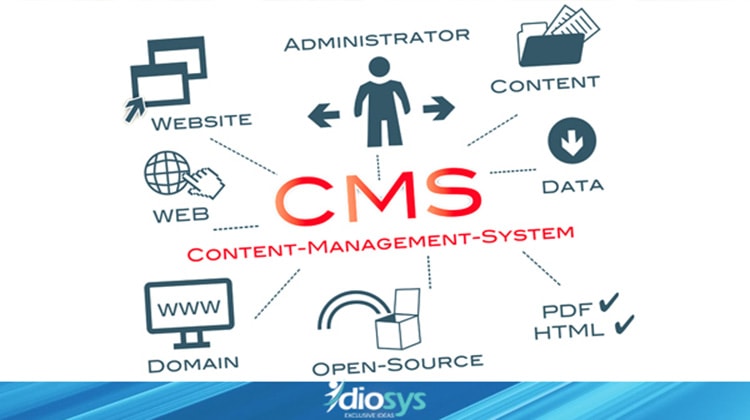
12 Oct, 2016
A web content management system is designed to support the management of the content of any web pages.web content includes text and embedded graphics, photos, video, audio, maps that displays content or interacts with the user. Such a content management system has two major components:
(a) A content management application is the front-end user interface that allows a user to add, modify and remove content from a web site without the intervention of a webmaster
(b) A content delivery application compiles that information and updates the web site
1. Easy to Manage: Not all users have the same comfort level with technology, but the basic CMS functions of writing and publishing content, and slightly more advanced ones of adding media are usually easy for everyone to grasp. In fact, anyone who can use word-processing software can use a CMS for the basic functions – so you don’t even have to spend much time on training.
2. Allow multiple users: In a business, there are many people who can have input into your website, from those who add product pages to those who produce blog posts for your content marketing efforts. A CMS makes it easy to manage roles and publishing permissions for all these users so that only those you allow can publish content and content only goes live when you’re ready.
3. Improve Site Maintenance: Need to change something on your site, without a content management system that can mean having to crawl through many pages making changes on each one. With a content management system, the underlying architecture is the same so you can make maintenance changes, update the content management system software and add functionality without breaking the site. In fact, with the right content management system, it may keep itself up to date automatically.
4. Design changes are simple: Speaking of making changes, let’s talk about the look of the site. If you want to change the site design, a CMS makes the process easy. That’s because the content and design are in separate virtual boxes, so you can make design changes while keeping the site functional. Another advantage is the ability to make a change in your administrative dashboard and have it automatically propagate to the entire site. This gives your site a consistent appearance and is great for branding. It also makes it easy to add a mobile interface to your site.
A content management system that has been developed under best web standards and practices will ultimately benefit your site in the long run, helping site owner to achieve clean codes, cross-browser compatibility, ease of maintenance, and much more.
YOU MAY ALSO READ :
TOP 10 TASK MANAGEMENT APPLICATION

